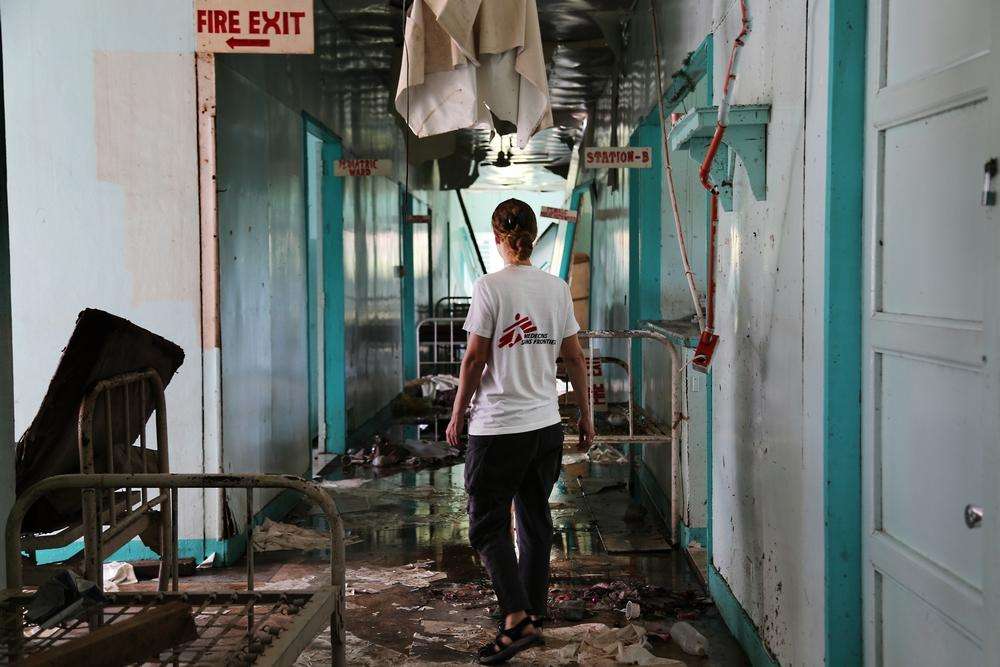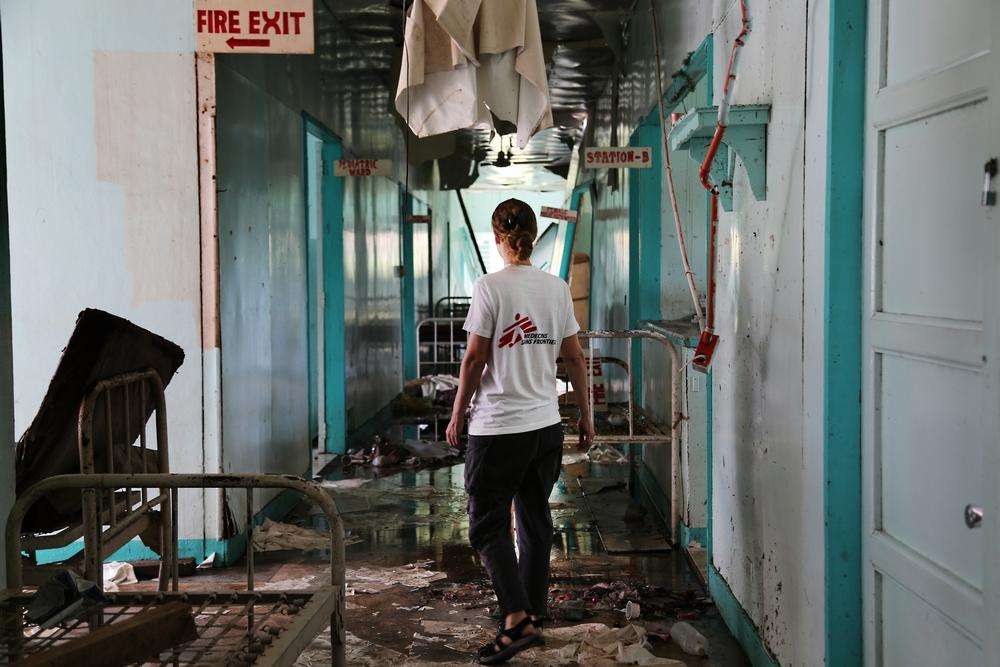When Typhoon Haiyan, or Yolanda, as it is known locally, ripped through the central Philippines on November 8, 2013, it caused a disaster of a scale unprecedented in the past century in the country. Whole communities were flattened, while a tsunami-like storm surge claimed thousands of lives. Roofs were blown off and livelihoods were swept away. Following the disaster, many areas were inaccessible; bridges were destroyed, roads were impassable, power and communications were cut off, and fuel was in short supply. Partially damaged schools, stadiums, and churches were turned into evacuation centers, where survivors crammed together waiting for help to come.
Some 16 million people have either lost their homes or livelihoods, and more than 6,200 people were killed.
The devastation caused by the typhoon was an intense blow to a country battered by one disaster after another within a matter of months, if not weeks—including displacements in southern Mindanao due to fighting in August 2013, and the earthquake that rattled Bohol province in October 2013, less than a month before Typhoon Haiyan.
The Visayas region was hardest hit by the typhoon. Encompassing Leyte, eastern Samar, and Panay islands, it is one of the poorest regions in the Philippines. This, combined with the sheer force of the wind and water and the scattered geography of the archipelago, presented extreme challenges—first for the survival of the population and second for the delivery of relief.
Living in a country prone to natural disasters, Filipinos are no stranger to destructive storms, floods, volcanic eruptions, and earthquakes. They have extensive local experience in dealing with disasters of this kind. In the aftermath of Typhoon Haiyan, volunteers mobilized quickly from all over the country to provide lifesaving help to the survivors. Local health workers—themselves victims of the typhoon—set about treating the injured. When aid was slow to arrive, they helped each other, sharing shelter, food, and medicine.
Overwhelming generosity from all around the world poured into the Philippines. Doctors Without Borders/Médecins Sans Frontières (MSF) received extraordinary support from donors across the world amounting to 32.4 million Euros to provide humanitarian assistance to the affected population.
MSF was able to provide emergency assistance to communities on three of the most affected islands: Guiuan and nearby towns on eastern Samar; Tacloban, Tanauan, Ormoc, Santa Fe, and Burauen on Leyte; and Estancia, Carles, and San Dionisio on mainland Panay, as well as several outlying islands. This included addressing acute and immediate medical trauma needs; restoring basic medical services and facilities; providing shelter, reconstruction kits, water and sanitation facilities; and offering psychosocial support to both children and adults.
Over three months later, the transition to recovery is underway. Streets and roads have gradually been cleared. Shops are reopening, school classes have resumed. Houses have been repaired, and many evacuees are now back in their homes. But people are wary of the monsoon season, the frequent rains and the threat of another typhoon. Although the emergency phase may be over, rebuilding towns will be a long-term and daunting task; and those who are dependent on farming—especially coconut farmers—will be in a precarious situation for years to come.
Over the past three months, MSF has gradually reduced its activities, handed over medical programs to local actors, and closed projects where our services and expertise are no longer necessary. Today, MSF is still providing comprehensive health care services in the hardest-hit areas of Tacloban and Guiuan.





